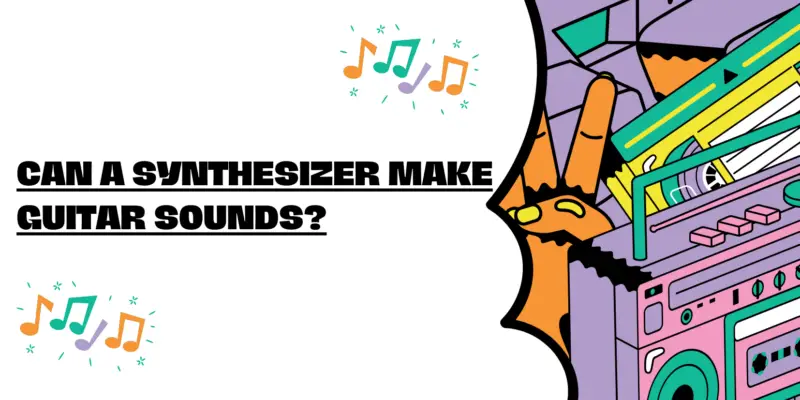The world of music technology is a realm of endless possibilities, where synthesizers have played a pivotal role in creating a diverse range of sounds. While synthesizers are often associated with electronic and experimental music, they are also capable of mimicking the distinct tones and timbres of traditional instruments, including the guitar. In this article, we will explore the fascinating world of synthesizers and their ability to replicate guitar sounds.
The Anatomy of a Synthesizer
Before delving into how synthesizers can emulate guitar sounds, it’s essential to understand the basic components of a synthesizer:
- Oscillators: These generate raw sound waveforms, which serve as the foundation for creating various sounds.
- Filters: Filters shape the tone by controlling frequencies, emphasizing or removing specific harmonics.
- Envelopes: Envelopes modulate parameters such as amplitude, defining how a sound evolves over time.
- Modulation Sources: LFOs (Low-Frequency Oscillators) and other modulation sources create dynamic changes in sound parameters.
- Effects Processing: Built-in effects like reverb, delay, and distortion can enhance the synthesized sound.
Emulating Guitar Sounds with a Synthesizer
Mimicking guitar sounds with a synthesizer involves a combination of sound synthesis techniques and creative signal processing. Here’s how it can be achieved:
- Waveform Selection: To replicate the guitar’s tonal qualities, synthesists often start with waveforms that resemble the harmonic-rich sounds of a guitar string being plucked or strummed. Sawtooth and square waveforms can be a good starting point.
- Filtering: Applying filters to the waveform can simulate the resonance and tonal changes associated with different guitar playing techniques. High-pass and band-pass filters can mimic the sharpness of plucked strings or the warmth of sustained chords.
- Amplitude Envelopes: Envelopes control the attack, decay, sustain, and release (ADSR) of the sound. Adjusting these parameters can replicate the transient attack of a guitar note and its gradual decay.
- Modulation: Using modulation sources like LFOs, you can introduce subtle pitch modulation, vibrato, or tremolo effects, which are common in guitar playing.
- Effects: Synthesizers often have built-in effects like distortion or overdrive, which can simulate the grit and crunch of an electric guitar. Adding reverb can also create a sense of space, similar to a guitar being played in a room.
- Playing Technique: The way you play a synthesizer also matters. Using a keyboard, you can mimic guitar playing techniques like slides, bends, and hammer-ons by manipulating pitch and modulation in real-time.
Examples of Synthesized Guitar Sounds
- Electric Guitar Emulation: By using distortion effects and tweaking filter settings, synthesizers can recreate the saturated, edgy tones of an electric guitar, ideal for rock and metal genres.
- Acoustic Guitar Simulation: With careful envelope shaping and modulation, synthesizers can imitate the gentle plucking and resonance of an acoustic guitar, suitable for folk or singer-songwriter styles.
- Experimental Guitar Textures: Synthesizers offer the flexibility to push the boundaries of guitar sounds, creating otherworldly textures and timbres that expand the sonic possibilities of the instrument.
Conclusion: A World of Sonic Exploration
In conclusion, the synthesis of guitar sounds with synthesizers showcases the versatility and creativity that electronic instruments offer to musicians and sound designers. While synthesizers may not completely replace the authenticity of a real guitar, they provide a canvas for artists to experiment, innovate, and craft unique sonic landscapes. The blending of synthetic and organic elements exemplifies the evolving nature of music technology, offering endless opportunities for sonic exploration in the world of music.


